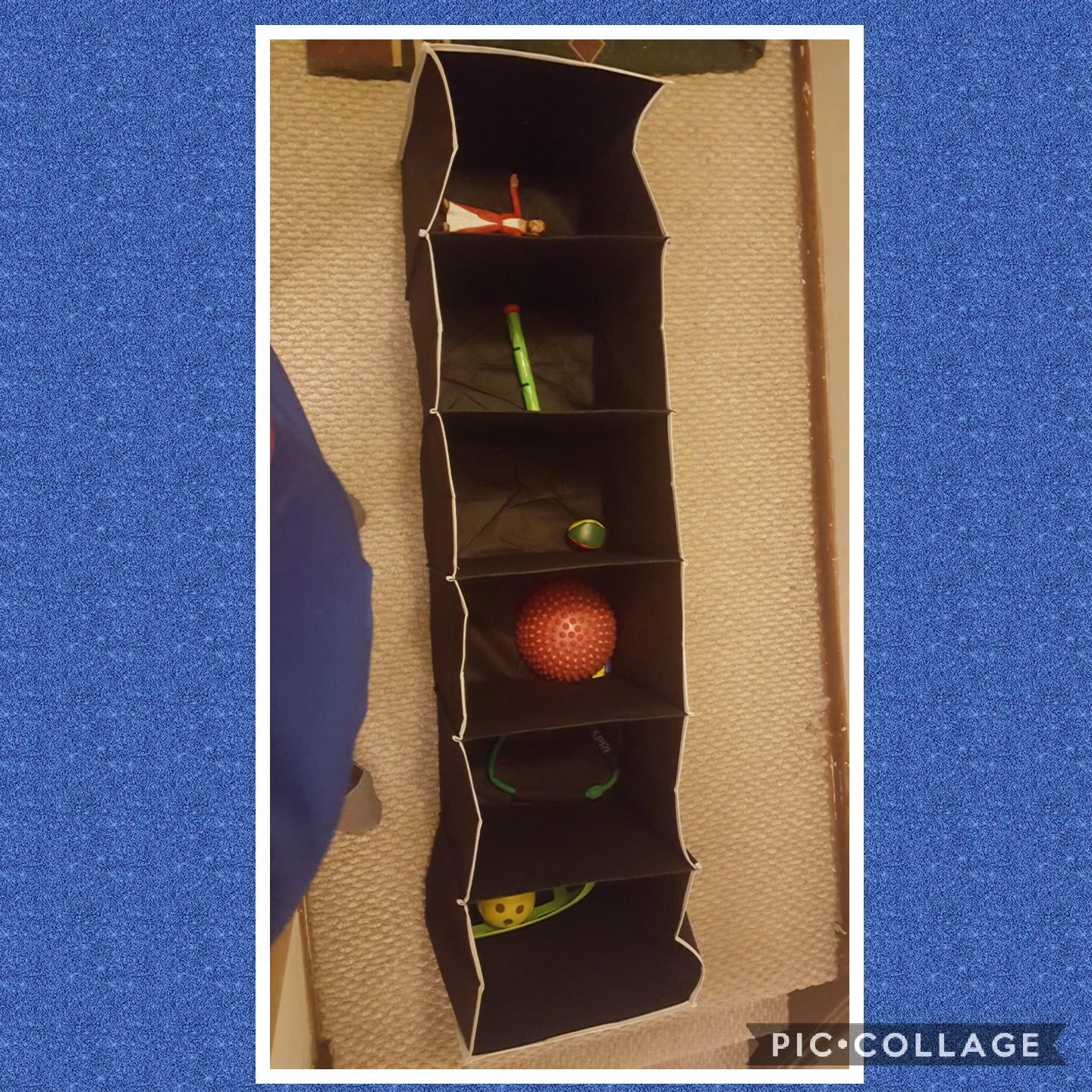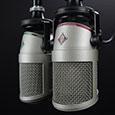Recovery is a crucial part of any training regimen, and in recent years, many different devices and techniques have been developed to power athletes through post-workout aches and pains. These tools are great for both the elite or everyday athlete after a strenuous workout.
Hawk Grips
Hawk grips are used by physical therapists to save their hands and dig in deep to release muscles. They are instruments that assist in soft tissue release, tightness in the facia, and muscle. They are precision-engineered instruments designed to detect and treat restricted tissue. Their cross-hatch design helps prevent the instruments from slipping in the hands of a clinician. In addition, the many different instrument sizes/shapes enable a clinician to customize each treatment to the patient’s body type and anatomical features without having to compromise quality of care. These stainless-steel instruments resonate according to tissue irregularities, so the clinician can more effectively detect and treat adhesions and scar tissue. Hawk grips are great to accelerate the job of the physical therapist and save their hands.
Dry Needling
Dry needling is called the “trigger” or “myofascial point” in dry needling and is used to treat myofascial pain. Muscles sometimes develop knotted areas called “trigger points.” These trigger points are highly sensitive and can be painful when touched. The needles are put into points to stimulate the tissue and not to inject medication. The placement of the needles promote healing by stimulating tight muscles and facials.
Cupping Therapy
Cupping therapy is an ancient form of alternative medicine in which a therapist puts special cups on your skin for a few minutes to create suction. People get it for many purposes, including to help with pain, inflammation, blood flow, relaxation, and well-being as well as a type of deep-tissue massage. The cups may be made of silicon, glass, bamboo, or earthenware.
It dates back to ancient Egyptian, Chinese, and Middle Eastern cultures. One of the oldest medical textbooks in the world, the Ebers Papyrus, describes how the ancient Egyptians used cupping therapy in 1550 BC. There are different methods of cupping, including wet and dry.
During both types of cupping, your therapist will put a flammable substance such as alcohol, herbs, or a paper in a cup and set it on fire. As the fire goes out, he puts the cup upside down on your skin. As the air inside the cup cools, it creates a vacuum. This causes your skin to rise and redden as your blood vessels expand. The cup is generally left in place for up to three minutes.
Recovery Boots
Recovery boots are large boot-like devices that cover most of the leg. During the initial phase of use, the boots inflate to conform to each individual’s body shape. They then employ compressed air to deliver dynamic pressure to the muscle tissue, starting at the feet and working their way up the legs. Much like the intestines use a wave-like pulsing to push food forward through the canal, recovery boots apply peristaltic pressure to the legs at specific intervals in order to encourage the flow of blood and to flush out metabolic waste that has accumulated during a workout.
Proponents of recovery boots argue that the device decreases soreness, improves recovery time, and offers a relaxing experience. By flushing out some of the toxins that build up during your exercise routine, recovery boots can help the body return healthy, oxygenated blood back to the legs to help them recover after a strenuous workout.
Hypervolt Massage Gun
These massage guns can help ease sore muscles and speed up recovery. It is the pressure of a vibrating self-massager that uses a recovery technique called “percussive therapy.” Again, it is great in a compact way, even using a battery-operated apparatus to stimulate muscles and facia as well as loosen tight muscles.
Everyone from professional athletes to recreational gym-goers to those with chronic pain tout the benefits of these new types of therapy: speedier recovery, reduced muscle soreness, less pain, improved range of motion, and more. So if you are looking for an alternative to muscle recovery as an elite or everyday athlete, these methods––under the care of a physical therapist––might be right for you.
References
Dry Needling
https://my.clevelandclinic.org/health/treatments/16542-dry-needling
Hawk Grips
http://hawkgrips.com/hawkgrips-hawkgrips-therapy/
http://hawkgrips.com/instrumentsets/
https://www.youtube.com/watch?v=o5OLaV2Hegk
Hypervolt
https://www.cnet.com/news/theragun-hypervolt-the-best-massage-guns-of-2019/
Recovery Boots
https://runsmartonline.com/blog/runners-do-recovery-boots-work/
- 0share
- 0Facebook
- 0Twitter
- 0Pinterest
- 0LinkedIn
Christina Chapan
Latest posts by Christina Chapan
- Body Language for Personal Trainers,Teachers and Group Instructors - January 12, 2020
- Allergies + Exercise: An Overview - January 9, 2020
- The Safety of Running Solo - January 5, 2020















